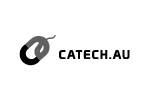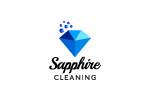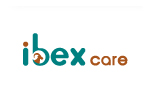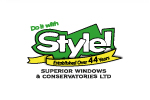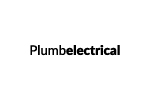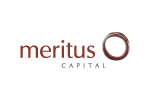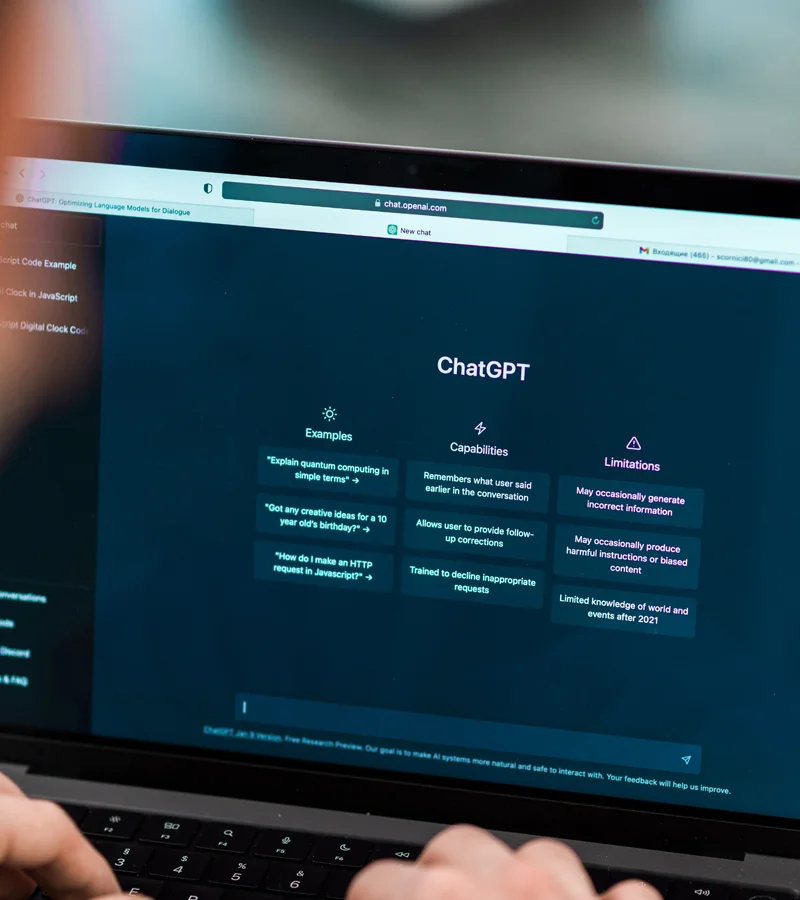Best Tools for Creating Your
Own Logo
A great logo is more than a pretty mark-it’s the distilled essence of your brand. It signals who you are, what you stand for, and why customers should trust you. Whether you’re a startup founder, a small business owner, or a marketer refreshing an existing identity, choosing the right tools (and knowing how to use them) is the difference between a logo that scales elegantly across every touchpoint and one that fractures the moment it’s printed on a T-shirt.
This guide walks you through the landscape of logo-creation tools-from professional vector suites to no design – required logo makers – and gives you practical advice on workflows, formats, typography, colour, accessibility, and handover deliverables. By the end, you’ll know which tools fit your skills, budget, and brand goals – and how to use them like a pro.
How to choose the right logo tool
Before you open any software, clarify three things:
1. Skill level & time
- Beginner or in a hurry? Template-based tools (e.g., Canva, Hatchful) get you a solid start fast.
- Intermediate to advanced? Vector suites (e.g., Illustrator, Corel Vector, Affinity Designer) give you precision and export control.
2. Use cases & formats
- You’ll need a logo that scales from a 16×16 favicon to a billboard. That means vector first; raster second.
- If you plan embroidery, single - colour signage, or vehicle wraps, you’ll need clean vector paths and spot colour options.
3. Budget & collaboration
- Solo creator? One-time purchase or subscription may suffice.
- Team? Cloud collaboration and shared libraries (e.g., Figma + Illustrator) can save hours later.
Best Tools for Creating Your Own Logo or Top Logo Creation Tools
If you want pixel-perfect vectors, these are your best choices. They produce industry – standard file types (AI, EPS, SVG, PDF) and give you total control over grids, curves, kerning, and export specs.
1) Adobe Illustrator (industry standard)

Best for: Professional logo design, advanced vector editing, precise exports.
Why it’s great
- True vector engine: perfect for lines, curves, and editable shapes.
- Powerful type tools: OpenType features, variable fonts, optical kerning.
- Asset export: Export SVG, PDF, EPS, and multi-size PNGs in a single pass.
- Reusable libraries: Share colour palettes, logo variations, and icon sets across projects.
Watch-outs
- Subscription cost.
- Learning curve if you’re new to vectors.
Pro tip
2) Corel Vector (formerly Gravit Designer)
Best for: Affordable vector design with a gentler learning curve; cross – platform and browser-friendly.
Why it’s great
- Layers, gradients, Boolean operations, symbols, and SVG-friendly exports.
- Runs on desktop or in the browser-handy if you don’t want a heavy install.
- Good price - to - power ratio for startups and students.
Watch-outs
- Fewer advanced typography controls than Illustrator.
- Complex print workflows may require extra checks.
Pro tip
Use Symbols for responsive logo systems-edit once, update every instance.
3) Adobe Photoshop (raster - use with care)

Best for: Mockups, photo-based marks, adding texture or effects after the vector mark is done.
Why it’s here
Photoshop is legendary for image editing-but logos should be vector . If you design a logo purely in Photoshop, it won’t scale cleanly for large print or embroidery. Use it to:
- Apply texture/lighting to mockups (business cards, signage, packaging).
- Export final raster versions (PNG, JPG) from vector masters.
Watch-outs
- Raster only. Keep your master in Illustrator/Corel Vector and export to Photoshop for presentation.
Bonus: Two more pro – friendly options
- Affinity Designer: One - time purchase, pro - grade vector features, excellent performance, rock-solid SVG/PDF export. Great if you want to avoid subscriptions.
- Figma: Primarily for UI design, but superb for collaboration and quick vector marks. Use together with Illustrator for production - ready exports.
No-code/low-code tools (fast, affordable, template-driven)
If you don’t have design training or you need something now, these platforms offer logo generators, templates, and intuitive editors. They’re perfect for MVPs, side projects, or early-stage branding-but always check licensing and ensure you can export vector files.
4) Canva
Best for: Non-designers who want speed and lots of templates.
Why it’s great
- Drag-and-drop editor with thousands of templates, icons, and fonts.
- Brand Kits: centralise colours, fonts, and logo variants.
- Easy exports for socials, slide decks, and quick mockups.
Watch-outs
- Some assets require specific licensing; check before commercial use.
- True vector handoff can be limited; test SVG exports.
Pro tip
Design with simplicity – avoid detailed illustrations that won’t scale well to a favicon.
5) LogoMakr
Why it’s great
- Clean interface; vast icon and font library.
- Quick path from idea to download.
Watch-outs
- Heavily template - driven - be intentional about customising to avoid generic results.
- Confirm access to high - resolution and vector exports before purchase.
6) Placeit
Best for : Ready – made templates plus realistic mockups.
Why it’s great
- Massive library of logo templates.
- Instantly place your new logo on business cards, apparel, packaging, and signage mockups—clients love seeing context.
Watch-outs
- Templates can look familiar - prioritise customisation (colours, type, spacing) to stand out.
7) Hatchful (by Shopify)
Best for: Entrepreneurs who want quick results based on industry prompts.
Why it’s great
- Guided setup: pick your industry, style, and name-get multiple logo options instantly.
- Useful for eCommerce founders who need a brand fast.
Watch-outs
- Similar outputs across users; invest time tweaking layouts, spacing, and typography.
8) DesignMantic
Best for
: Template – first logos with straightforward customisation.
Why it’s great
- Large icon and template library sorted by industry.
- Colour palette suggestions and quick variation generation.
Watch-outs
- As with all generators, uniqueness depends on how much you customise.
9) Logo Garden
Best for: Beginners exploring lots of templates with minimal friction.
Why it’s great
- Simple editor, broad range of starting points.
- Easy drag - and - drop layout changes.
Watch-outs
- Ensure licensing terms align with your commercial use and verify vector deliverables.
10) Logo Maker (generic “logo maker” platforms)
Best for: Anyone who wants a fast, low – cost concept to test names or directions.
Why it’s great
- Often very inexpensive or free to try.
- Good for pressure - testing names, taglines, and style directions before investing in custom design.
Watch-outs
- Quality and rights vary widely. Always read licensing and check SVG/EPS availability.
Document scanning & mockup helpers
Even if you sketch by hand, you can quickly digitise your concept:
- Adobe Scan → capture sketches, clean them up, and place them into Illustrator as reference layers.
- Mockup generators (e.g., Placeit) → sell the concept by showing real - world context (apps, signage, packaging, merchandise).
Essential logo design workflow
1) Discovery & positioning
- Define brand attributes (e.g., confident, playful, premium).
- Identify your audience and competitors.
- Decide where the logo will live most (app icon, storefront, LinkedIn, packaging).
2) Moodboards & references
- Collect colour ideas, typography samples, and visual metaphors.
- Spot clichés in your niche (e.g., lightbulbs for “ideas”) to deliberately avoid or re-imagine.
3) Sketching (paper or iPad)
- Generate many small, quick sketches.
- Focus on shapes and negative space; logos should read at tiny sizes.
4) Vectorising
- Rebuild chosen sketches in a vector tool (Illustrator/Corel Vector/Affinity Designer).
- Use grids and geometry sparingly to refine balance and symmetry.
- Convert strokes to outlines for final masters to avoid print surprises.
5) Typography
- Test uppercase, lowercase, and mixed-case lockups.
- Check kerning and optical balance (especially around diagonals like “A”, “V”, “W”).
- Consider custom letter tweaks for uniqueness.
6) Colour
- Start in monochrome; if it works in one colour, it will work in many.
- Build primary, secondary, and mono/knockout versions.
- Create brand colour tokens with CMYK, RGB, HEX, and (if needed) Pantone references.
7) Variations & responsiveness
- Primary logo (horizontal), stacked version, icon/mark, and favicon.
- Prepare light and dark versions; ensure contrast passes WCAG guidelines.
8) Testing
- Print at 2–3 cm wide - still readable?
- Shrink to a 16×16 favicon and a 32×32 app icon.
- Test on a phone screen, bus shelter mockup, and embroidered patch mockup.
9) Final export & delivery
- Deliver vector masters + raster exports at common sizes.
- Include a mini style guide covering clear - space, colours, type, and incorrect uses.
Typography, colour, and accessibility essentials
Typography
- Choose two typefaces max: a display or custom logotype, plus a body/sans-serif for collateral.
- Avoid overused fonts unless heavily customised.
- Convert final logotypes to outlines to preserve exact shapes when sharing.
Colour
- Use a restrained palette (1–3 brand colours + neutrals).
- Test on light and dark backgrounds; prepare knock-out (white) versions.
- Keep a single - colour version for stamps, embossing, or laser cutting.
Accessibility & contrast
- Check text - to - background contrast (aim for WCAG AA at minimum).
- Ensure the logo mark remains recognisable in grayscale for accessibility materials.
File formats, exports, and handover checklist
Vectors (master files)
- SVG: Web - friendly, scalable. Ideal for websites and apps.
- PDF: Print - ready, preserves vectors and colour profiles.
- EPS/AI: Industry standards for print shops and designers.
Raster (ready-to-use)
- PNG: Transparent background for web overlays.
- JPG: Smaller file size; use for photos or non-transparent needs.
- WebP: Efficient web format (check platform support).
Provide multiple sizes
- Social: 1024×1024, 512×512, 256×256.
- Favicon set: 16×16, 32×32, 48×48 (ICO or multi-size PNGs).
- App icons: iOS/Android sizes as needed (export sets or use a generator).
Colour profiles
- RGB for digital.
- CMYK for print.
- Spot colour (Pantone) if brand consistency across print vendors is critical.
Handover pack (zip)
- /Master_Vector → AI, EPS, PDF, SVG
- /Raster → PNG (light/dark), JPG
- /Colour_Refs → palette swatches with HEX/RGB/CMYK/Pantone
- /Usage_Guide → mini style guide (PDF)
- /Mockups → optional presentation visuals
Common mistakes to avoid
1. Designing only in raster
Your logo must be vector for true scalability.
2. Too much detail
3. Poor contrast
If it’s unreadable on mobile dark mode, it will fail in the wild.
4. Copycat shapes
Overused metaphors (lightbulbs, swooshes, generic initials) reduce distinctiveness.
5. Ignoring licensing
If you use marketplace icons or fonts, make sure commercial rights are secured.
6. No single-colour version
You’ll need it for stamps, embossing, and low-ink printing.
7. Skipping a style guide
Inconsistent usage erodes brand trust fast. Even a one-page guide helps.
| Scenario | Best fit | Why |
|---|---|---|
| You want pro-grade control & clean vectors | Adobe Illustrator, Corel Vector, Affinity Designer | Precise curves, pro exports, print-ready |
| You need quick results without design training | Canva, Hatchful, LogoMakr, Placeit, DesignMantic, Logo Garden, Logo Maker | Templates, guided flows, simple editors |
| You’re collaborating with a team | Figma + Illustrator | Real-time collab + pro vector finishing |
| You need to show realistic context | Placeit (mockups), Photoshop (presentations) | Clients understand when they can see it |
| You sketch on paper | Adobe Scan to digitise, then vectorise | Fast path from pencil to vector |
Conclusion & next steps
Your logo is the foundation of your brand identity. Choose tools that match your skill level, timeline , and use cases , then follow a solid workflow: sketch, vectorise, test at small sizes, create variations, and export cleanly. Whether you lean on template – driven makers for speed or pro vector suites for control, the key is to think system – wide -how your logo looks on a phone, a sign, embroidered on a polo, and reversed on a dark background.
If you’d like an expert eye on your shortlist-or a professional identity package with guidelines, exports, and mockups-our design team can help you move from good to ownable and future-proof.
Are you looking for a new business logo? Contact Chris on 0438 855 884 or email sales@computingaustralia.group
Further reading: Tips for choosing the right logo for your business

FAQ
Do I really need vector files?
Yes. Vectors (SVG, EPS, AI, PDF) scale without losing quality and are mandatory for print, signage, embroidery, and large formats.
Can I design a logo entirely in Canva?
You can, but ensure you can export SVG and verify licensing for any icons or fonts. For long-term scalability and uniqueness, consider redrawing your final in a professional vector tool.
Is Photoshop bad for logos?
What makes a logo “accessible”?
Clear shapes, strong contrast, recognisable at small sizes, and usable in one colour. Test on light/dark backgrounds and in grayscale.
How do I avoid a generic template look?
Customise shapes, spacing, and typography. Don’t rely solely on stock icons—edit them or build from scratch in a vector tool.

